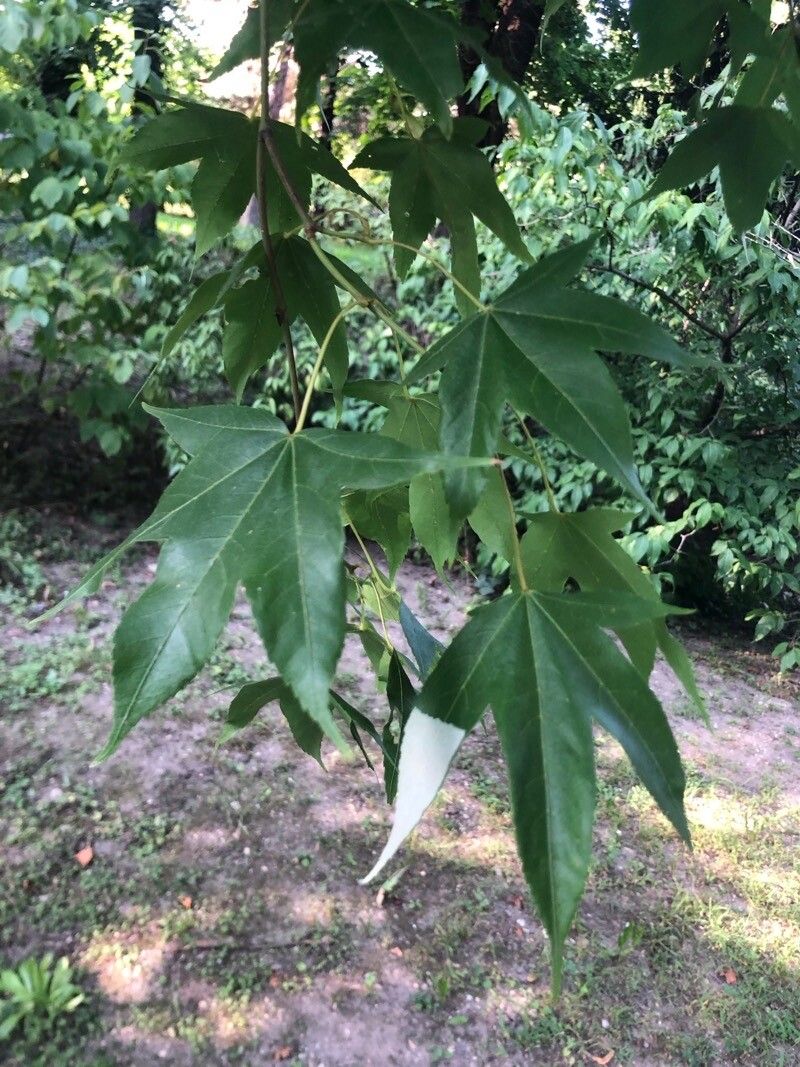Propagating Acer oliverianum: Challenges and Rewards of Cultivating the Evergreen Maple
Acer oliverianum, also known as the Evergreen Maple or Oliver’s Maple, is a striking addition to any garden. This relatively rare species, native to southwestern China and northern Burma, boasts glossy, dark green foliage that persists throughout the year, a distinct advantage over its deciduous cousins. Its compact habit and attractive, small-winged samaras make it a popular choice among discerning gardeners, despite the challenges associated with its propagation. Its relative rarity also makes successful propagation a particularly satisfying achievement.
Seed Germination:
Currently, there are no known reliable methods for seed germination propagation of Acer oliverianum. While some maple species readily germinate from seed, Acer oliverianum appears to present significant challenges, likely related to its specific dormancy requirements and potentially low seed viability. Further research is needed to determine if specific stratification techniques or other pre-treatment methods could improve germination rates.
Cuttings:
Propagating Acer oliverianum from cuttings is a more promising approach than seed germination, though still challenging. The success rate is highly dependent on several factors, including the timing, the type of cutting (hardwood, semi-hardwood, or softwood), and the use of rooting hormones.
Challenges: Acer oliverianum, like many maples, can be difficult to root from cuttings. The relatively slow growth rate and the tendency to develop fungal infections during the rooting process are significant hurdles.
Practical Tips: Semi-hardwood cuttings taken in late summer or early autumn, ideally from the current year’s growth, show the best potential for success. Use a sharp, sterile blade to take cuttings of approximately 4-6 inches in length, removing lower leaves to prevent rotting. Dip the cut ends in a rooting hormone powder before planting them in a well-draining propagation mix, such as a blend of peat moss, perlite, and vermiculite. Maintain high humidity under mist or a plastic covering.
Rewards: Successfully rooting cuttings allows for the rapid multiplication of desirable genotypes, preserving specific characteristics of exceptional specimens.
Division:
Division is not a practical method for propagating Acer oliverianum. This species typically grows as a single-stemmed tree or shrub and does not readily produce offsets suitable for division.
Tissue Culture:
While tissue culture is a potentially viable option for large-scale propagation of Acer oliverianum, it requires specialized equipment, expertise, and a controlled sterile environment. This method is not suitable for the average home gardener.
Challenges: Establishing aseptic cultures from Acer oliverianum likely requires significant experimentation to determine optimal media formulations and growth regulators.
Practical Tips: Consult established plant tissue culture protocols and literature on maple propagation for further guidance. This approach necessitates significant investment and technical skill.
Rewards: Tissue culture offers the potential for rapid, large-scale cloning, preserving valuable genetic material and enabling the mass production of this desirable plant.
Conclusion:
Propagating Acer oliverianum presents distinct challenges across all common methods. Seed germination appears currently infeasible, while cuttings remain the most accessible method for home propagators, albeit with a relatively low success rate requiring patience and skill. Tissue culture presents the best option for large-scale propagation but necessitates expertise and resources beyond the scope of most home gardeners.
The rewards, however, are considerable. Successfully propagating this unique evergreen maple, whether by persistent effort with cuttings or through the more advanced techniques of tissue culture, brings a deep sense of accomplishment. The ability to cultivate a plant that isn’t readily available commercially, knowing you played a direct role in its growth, is immensely satisfying. For aspiring propagators of Acer oliverianum, perseverance, careful attention to detail, and a willingness to learn from successes and failures are essential ingredients in achieving this rewarding horticultural endeavor.

